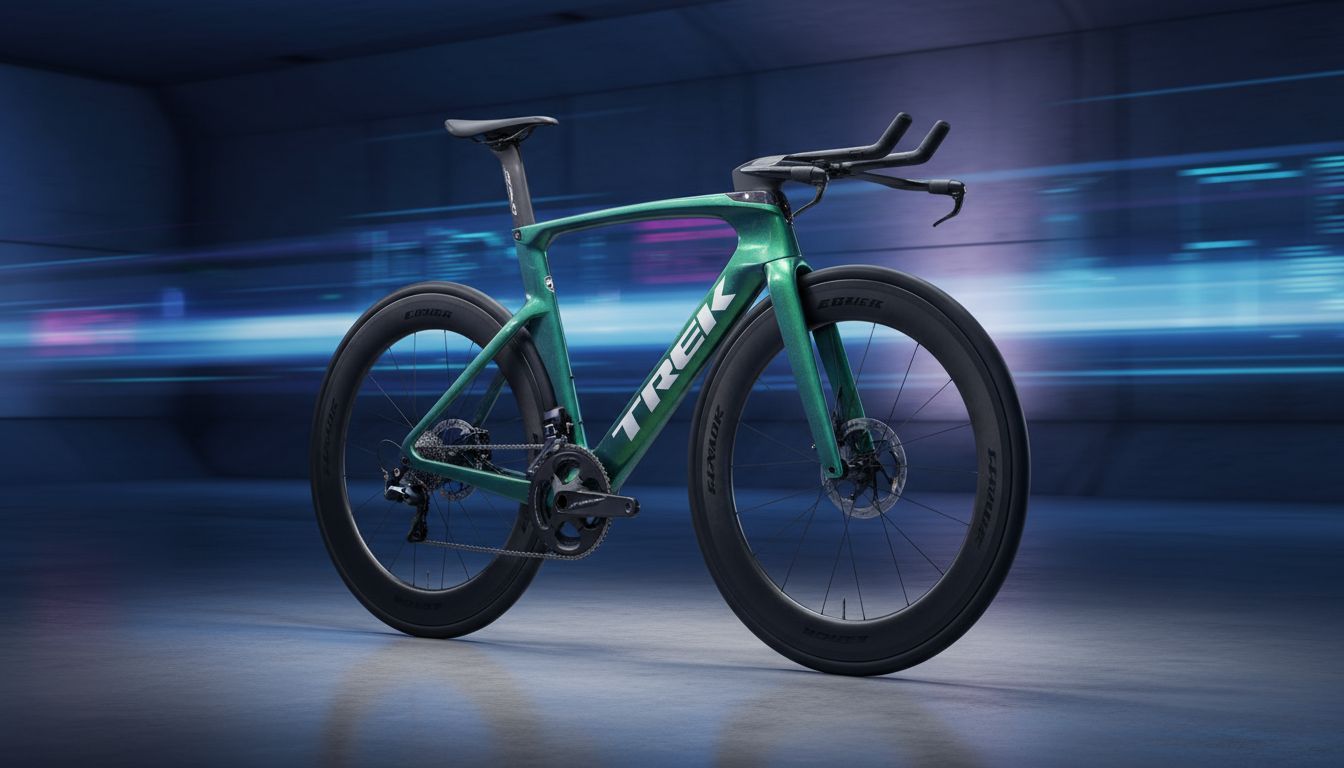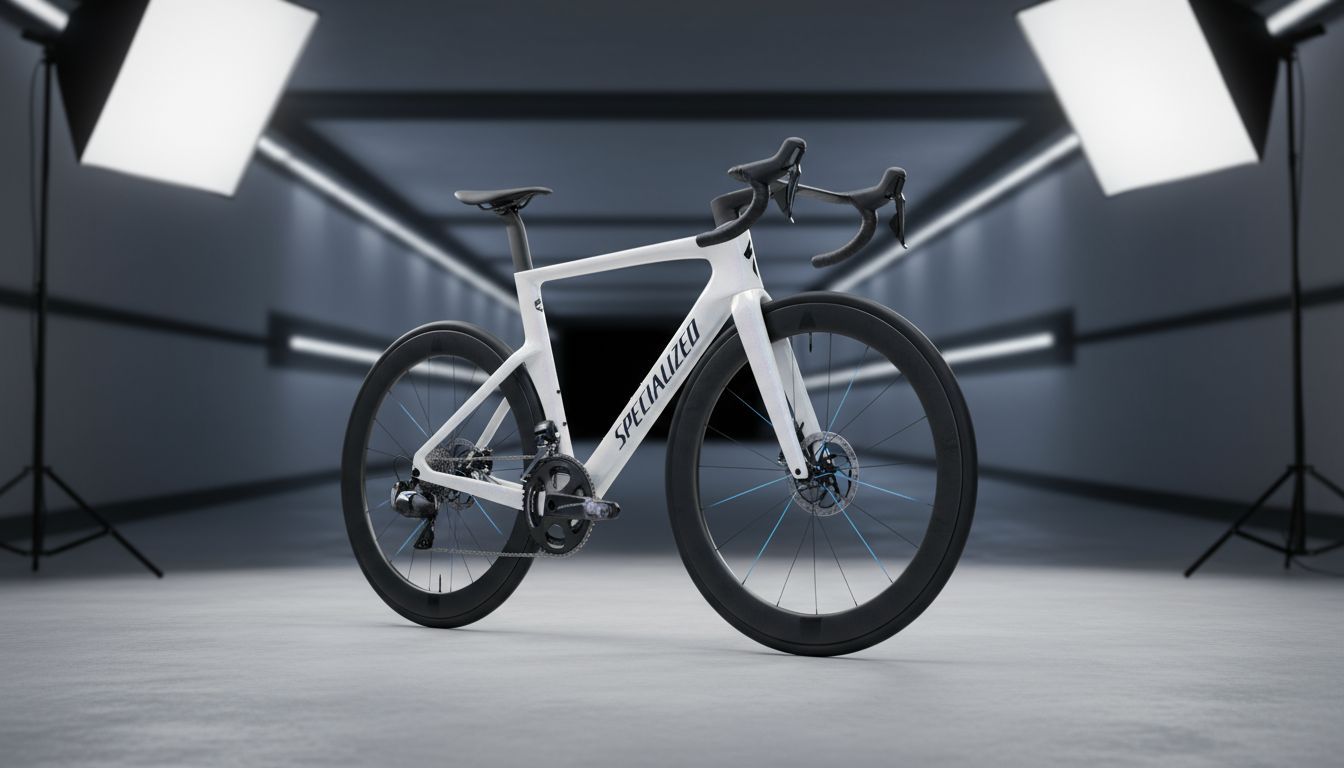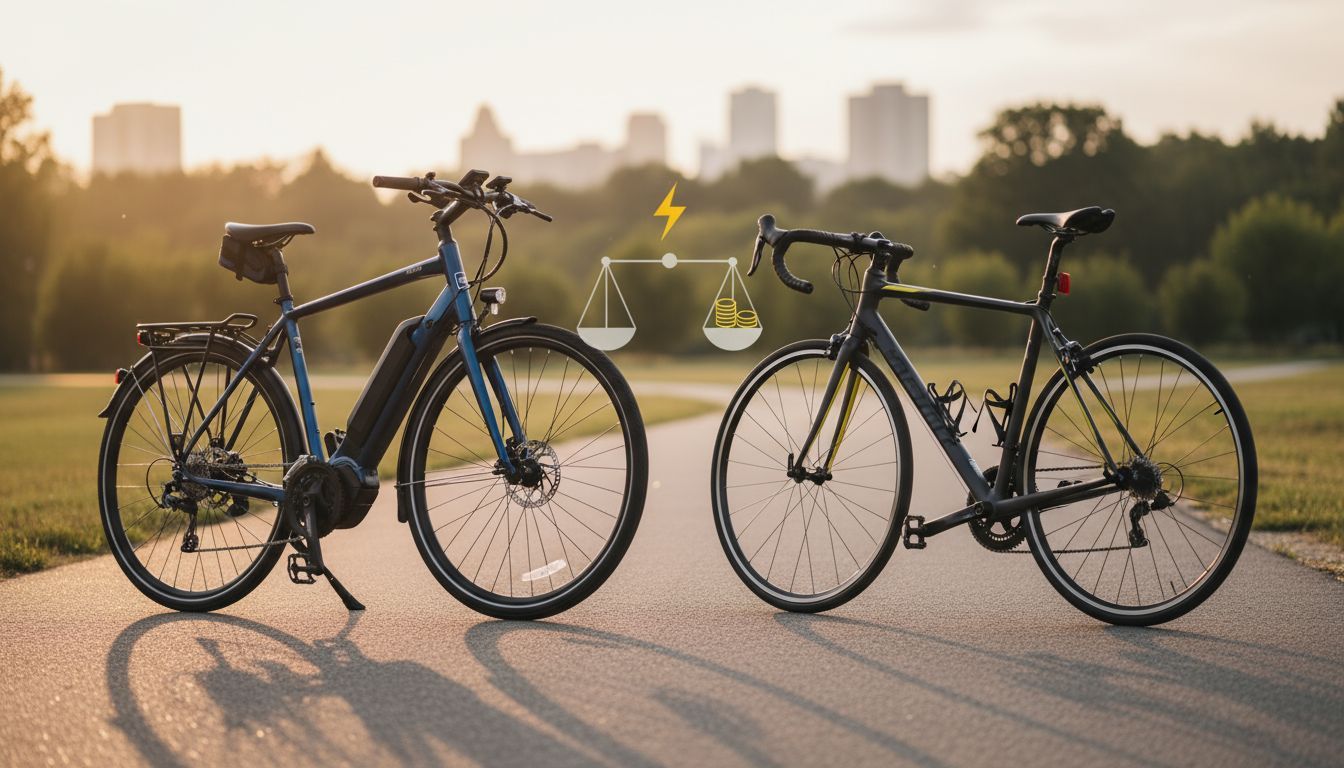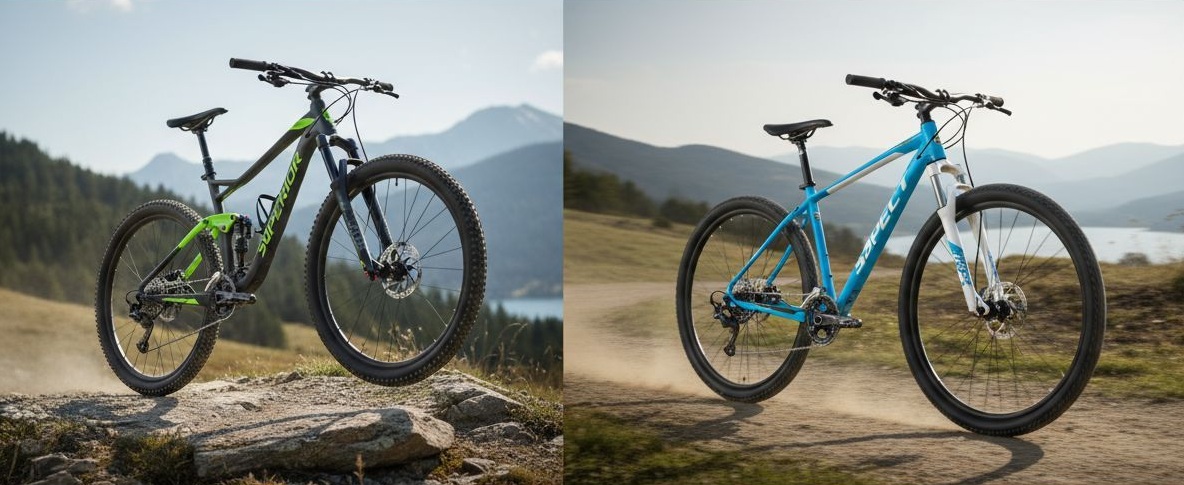
The cycling world is constantly evolving, and each year brings exciting new innovations and advancements in bicycle technology. As we approach 2025, the anticipation is building to see what Trek and Specialized, two titans of the industry, will unveil as their flagship road bikes. This article dives deep into a speculative yet informed comparison, analyzing potential features, technologies, and overall performance to determine which brand might reign supreme in the coming year. We'll explore everything from aerodynamics and frame materials to componentry and value, providing you with a comprehensive overview to help you make an informed decision when the time comes to invest in your next high-performance machine.
The Contenders: Setting the Stage for 2025
Before delving into the specifics, let's establish a baseline understanding of what Trek and Specialized typically bring to the table. Trek, known for its Domane, Madone, and Émonda lines, often emphasizes a balance of comfort, aerodynamics, and lightweight design. They are also leaders in integration, seamlessly incorporating components and technologies into their frames. Specialized, with its Tarmac, Roubaix, and Diverge models, typically focuses on race-ready performance, advanced aerodynamics, and cutting-edge materials. They are renowned for their wind tunnel testing and meticulous attention to detail. In 2025, we anticipate both brands will continue to push the boundaries of bicycle design, leveraging advancements in carbon fiber technology, electronic shifting, and data analytics.
Trek's Potential 2025 Flagship: What to Expect
Speculating on Trek's 2025 flagship, we can anticipate refinements to their existing successful models. A likely scenario involves a next-generation Madone, built around even more advanced aerodynamic principles. Expect a more aggressive frame profile, potentially incorporating features like Kamm tail designs and integrated cables for reduced drag. 
Specialized's Potential 2025 Flagship: Setting New Standards
Specialized's 2025 flagship will likely be a new iteration of the Tarmac, a bike already renowned for its lightweight design and exceptional handling. Expect Specialized to push the boundaries of carbon fiber technology, potentially utilizing a new lay-up process to further reduce weight and increase stiffness. Aerodynamic improvements will also be a priority, with a focus on refining the frame shape and integrating components for maximum efficiency. 
Key Areas of Comparison: Where the Battle Will Be Won
The battle between Trek and Specialized will be fought on several fronts, each contributing to the overall performance and appeal of their respective flagship bikes. Let's examine the key areas of comparison:
Aerodynamics: Slicing Through the Wind
Aerodynamics is paramount in modern road bike design. Both Trek and Specialized invest heavily in wind tunnel testing to optimize their frames for minimal drag. Trek's Madone has traditionally been a leader in this area, with its aggressive frame profile and integrated features. Specialized, however, has made significant strides in recent years, closing the gap with the latest Tarmac. In 2025, expect both brands to push the boundaries of aerodynamic efficiency, potentially incorporating new technologies like active aerodynamics or adaptive shapes. The winner in this category will likely be the bike that can achieve the lowest drag coefficient while maintaining stable handling in various wind conditions.
Weight and Stiffness: The Holy Grail of Performance
A lightweight and stiff frame is essential for efficient power transfer and responsive handling. Trek and Specialized both utilize advanced carbon fiber lay-ups to achieve the optimal balance of weight and stiffness. Specialized's S-Works Aethos has set a new benchmark for lightweight performance, but Trek is known for its exceptionally stiff frames. In 2025, expect both brands to continue to refine their carbon fiber technology, potentially utilizing new materials or manufacturing processes to further reduce weight and increase stiffness. The winner in this category will likely be the bike that offers the best power-to-weight ratio and provides the most responsive and engaging ride experience.
Ride Quality and Comfort: The Endurance Factor
While aerodynamics and stiffness are crucial for performance, ride quality and comfort are equally important, especially for long-distance riding. Trek's IsoSpeed decoupler has been a game-changer in this area, providing enhanced vertical compliance without compromising stiffness. Specialized's Roubaix, with its Future Shock suspension system, has also set a high standard for comfort. In 2025, expect both brands to continue to innovate in this area, potentially incorporating new suspension technologies or refining their frame designs to provide a more compliant and comfortable ride. The winner in this category will likely be the bike that offers the best balance of performance and comfort, allowing riders to stay fresh and efficient for longer.
Componentry and Integration: The Devil is in the Details
The components and level of integration can significantly impact a bike's performance and aesthetics. Both Trek and Specialized typically spec their flagship bikes with top-of-the-line components from Shimano and SRAM, including electronic shifting and premium carbon wheels. Integration is also becoming increasingly important, with a focus on clean lines and hidden cables. In 2025, expect both brands to continue to push the boundaries of integration, potentially incorporating new technologies like wireless shifting or integrated power meters. The winner in this category will likely be the bike that offers the most seamless and aesthetically pleasing integration of components, enhancing both performance and visual appeal.
Value and Pricing: The Bottom Line
Ultimately, the value and pricing of a bike are crucial factors for many consumers. Trek and Specialized typically offer their flagship bikes at a premium price point, reflecting the advanced technology and high-end components. However, the specific pricing can vary depending on the model, component specifications, and optional features. In 2025, expect both brands to offer a range of models at different price points, catering to a wider range of budgets. The winner in this category will likely be the bike that offers the best overall value, considering its performance, features, and price.
The Verdict: Predicting the 2025 Champion
Predicting a definitive winner at this stage is, of course, speculative. However, based on current trends and potential advancements, we can make an informed assessment. If Trek focuses on refining its Madone with further aerodynamic enhancements and improved IsoSpeed technology, it could maintain its lead in overall performance. However, if Specialized manages to combine the lightweight characteristics of the Aethos with the aerodynamic prowess of the Tarmac, it could potentially surpass Trek. Ultimately, the winner will likely be the bike that offers the best balance of aerodynamics, weight, stiffness, ride quality, and value.
It's also crucial to consider the intangible factors that influence consumer choice, such as brand loyalty, aesthetics, and personal preferences. Some riders may prefer Trek's more traditional styling, while others may be drawn to Specialized's more aggressive and modern designs. Ultimately, the "best" bike is a subjective matter, and the choice will depend on individual needs and preferences.
Conclusion
The battle between Trek and Specialized for road bike supremacy in 2025 promises to be an exciting one. Both brands are constantly pushing the boundaries of bicycle technology, and we can expect to see significant advancements in aerodynamics, weight, stiffness, and ride quality. While predicting a definitive winner is impossible at this stage, it's clear that both Trek and Specialized will be vying for the top spot. As we approach 2025, keep an eye out for official announcements and reviews, and be sure to test ride both bikes before making a final decision. Ultimately, the best bike for you will depend on your individual needs, preferences, and riding style.


